Home>Furniture & Design>Bathroom Accessories>Why Safety Pins In A First Aid Kit
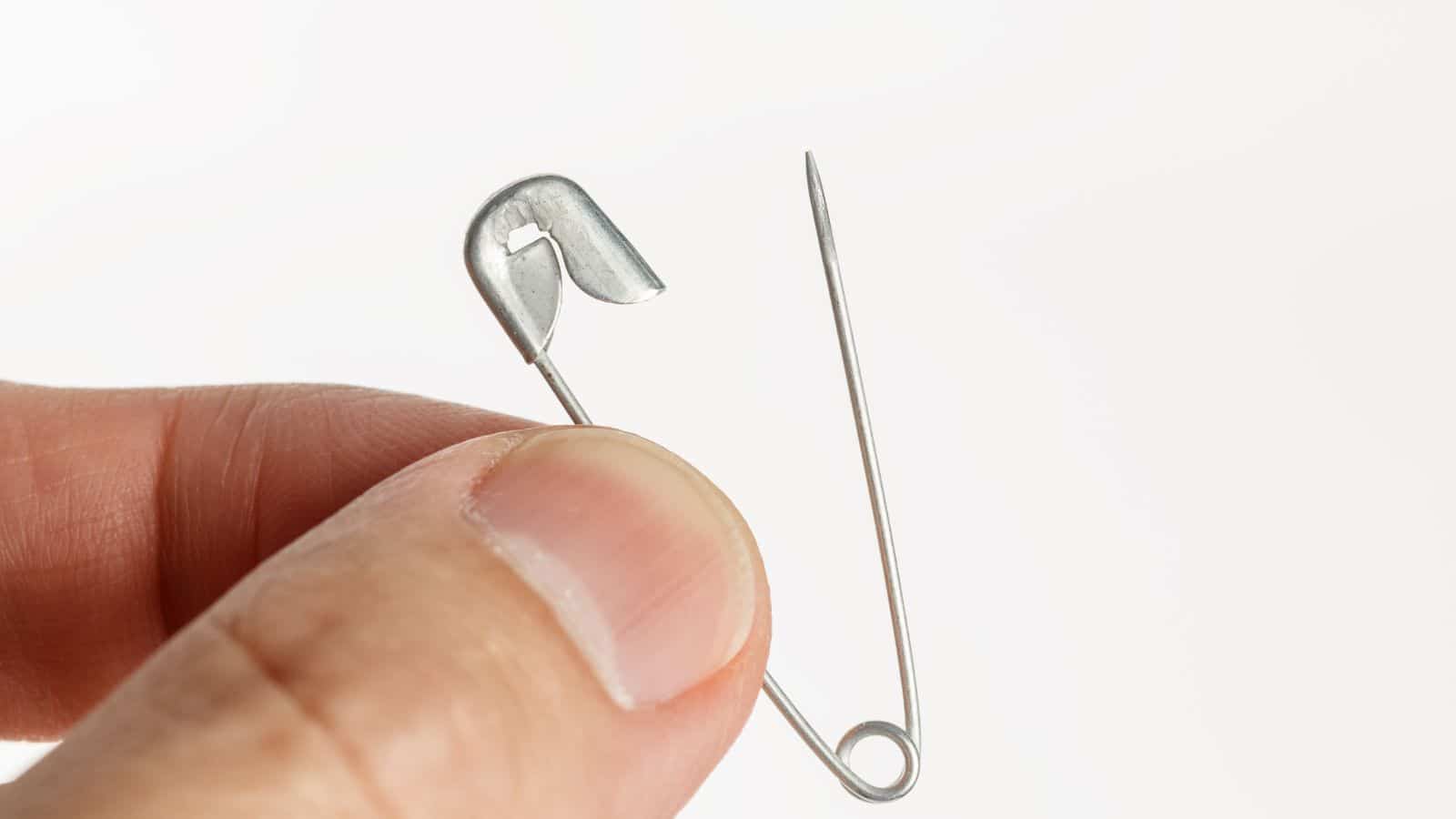

Bathroom Accessories
Why Safety Pins In A First Aid Kit
Modified: August 16, 2024
Discover the importance of including safety pins in your first aid kit. Find out how these bathroom accessories can be essential in emergency situations.
(Many of the links in this article redirect to a specific reviewed product. Your purchase of these products through affiliate links helps to generate commission for Storables.com, at no extra cost. Learn more)
Introduction
Safety pins are often overlooked when it comes to first aid kits, yet they are incredibly versatile and can be invaluable in emergency situations. These humble little tools may seem insignificant at first glance, but their usefulness in providing quick and effective solutions to common medical and first aid challenges cannot be overstated. From securing bandages and slings to improvising medical devices, safety pins play a crucial role in enhancing the functionality of a first aid kit. In this article, we will explore the importance of safety pins in a first aid kit, delve into their various uses, and provide essential tips for utilizing them effectively in emergency situations. So, let's unravel the often underestimated significance of safety pins in the realm of first aid and discover how these unassuming tools can make a big difference when it matters most.
Key Takeaways:
- Safety pins are essential in first aid kits for securing bandages, creating slings, and improvising medical devices, offering versatile solutions in diverse emergencies.
- When using safety pins in first aid, remember to sterilize them, avoid direct skin contact, and ensure proper fastening for effective and safe application.
Read more: Why Is A First Aid Kit Important To Have
Importance of Safety Pins in a First Aid Kit
Safety pins are an essential component of any well-prepared first aid kit. While they may appear unassuming, their significance becomes evident in emergency situations. These simple yet versatile tools serve a multitude of purposes, making them indispensable in providing immediate aid and comfort. Whether it's securing bandages, immobilizing a limb, or improvising medical devices, safety pins offer practical solutions to a wide range of medical challenges.
In the event of an injury, securing bandages is crucial to prevent further damage and promote healing. Safety pins provide a reliable means of fastening bandages securely in place, ensuring that they remain intact and effective. This is particularly important in situations where adhesive bandages may not suffice, such as when dealing with larger wounds or in environments where moisture or sweat may compromise adhesion.
Moreover, safety pins play a vital role in immobilizing injured limbs. In cases of sprains, fractures, or dislocations, improvising a makeshift sling or splint can provide much-needed support and stability. Safety pins enable the swift and secure assembly of such improvised devices, effectively aiding in the immobilization of the affected area and minimizing the risk of further injury.
Beyond their conventional uses, safety pins can also be employed to fashion improvised medical devices. In situations where specialized medical equipment is unavailable, such as in outdoor or emergency settings, safety pins can be utilized to create makeshift tools for various purposes. For instance, they can be used to secure makeshift tourniquets or to fasten improvised bandages, demonstrating their adaptability and resourcefulness in challenging circumstances.
In essence, the importance of safety pins in a first aid kit lies in their versatility and practicality. Their ability to secure bandages, immobilize limbs, and improvise medical devices makes them indispensable in addressing a diverse array of medical emergencies. By including safety pins in a first aid kit, individuals can enhance their preparedness to effectively respond to unforeseen injuries and medical situations, thereby promoting safety and well-being in various environments.
Various Uses of Safety Pins in First Aid
Safety pins are incredibly versatile tools with a wide range of applications in the context of first aid. Their adaptability and practicality make them indispensable in addressing diverse medical emergencies. Here are some of the various uses of safety pins in first aid:
-
Securing Bandages: Safety pins are essential for securing bandages in situations where adhesive bandages may not suffice. They provide a reliable means of fastening bandages securely in place, ensuring that they remain intact and effective. This is particularly important for larger wounds or in environments where moisture or sweat may compromise adhesion.
-
Improvising Slings and Splints: In cases of sprains, fractures, or dislocations, safety pins can be used to improvise slings and splints. By swiftly and securely assembling makeshift devices, safety pins aid in the immobilization of injured limbs, providing much-needed support and stability.
-
Creating Makeshift Tourniquets: In emergency situations where specialized medical equipment is unavailable, safety pins can be utilized to create makeshift tourniquets. This can be crucial for controlling severe bleeding and preventing further blood loss, showcasing the resourcefulness of safety pins in challenging circumstances.
-
Fastening Dressings and Bandages: Safety pins are invaluable for fastening dressings and bandages, particularly in situations where traditional adhesive methods may not be effective. Their secure fastening ensures that dressings and bandages remain in place, promoting proper wound care and facilitating the healing process.
-
Securing Medical Devices: Safety pins can be used to secure various medical devices, such as securing a triangular bandage in place to create an arm sling or fastening a makeshift splint. This versatility allows for the effective improvisation of medical aids in emergency situations.
-
Repairing Clothing: In addition to their medical uses, safety pins can also be employed to repair torn clothing, which can be particularly useful in outdoor or wilderness settings where access to traditional sewing supplies may be limited.
In essence, the various uses of safety pins in first aid underscore their significance as indispensable tools for addressing a diverse array of medical emergencies. Their ability to secure bandages, improvise slings and splints, create makeshift tourniquets, and facilitate the improvisation of medical aids demonstrates their practicality and adaptability in providing immediate aid and comfort in challenging situations. By incorporating safety pins into a first aid kit, individuals can enhance their preparedness to effectively respond to unforeseen injuries, promoting safety and well-being in various environments.
Safety pins are a versatile tool in a first aid kit. They can be used to secure bandages, create slings, or even remove splinters. Always have a few in your kit.
Tips for Using Safety Pins in First Aid
When utilizing safety pins in first aid scenarios, it is essential to exercise caution and adhere to best practices to ensure their effective and safe application. Here are some valuable tips for using safety pins in first aid:
-
Select Appropriate Size: Ensure that the safety pins in your first aid kit are of varying sizes to accommodate different needs. Smaller pins are suitable for securing bandages on fingers or delicate areas, while larger pins are ideal for immobilizing limbs or creating makeshift slings.
-
Sterilization: Before using safety pins, it is crucial to sterilize them to minimize the risk of introducing infection. This can be achieved by soaking the pins in alcohol or boiling them in water for a few minutes. Sterilized pins help prevent the transfer of harmful bacteria to open wounds or injured areas.
-
Avoid Direct Contact with Skin: When using safety pins to secure bandages or dressings, take care to avoid direct contact with the skin. Ensure that the pins are fastened securely without causing discomfort or piercing the skin, as this can lead to additional injury or infection.
-
Proper Fastening: When securing bandages or creating makeshift slings, ensure that the safety pins are fastened securely to prevent them from coming loose during movement. This helps maintain the integrity of the dressing or immobilization device, promoting effective wound care and support for injured limbs.
-
Regular Inspection: Periodically inspect the secured bandages or improvised devices to ensure that the safety pins remain in place and have not loosened. This proactive approach allows for timely adjustments and helps prevent potential complications due to loose or dislodged pins.
-
Education and Training: It is beneficial to educate individuals on the proper use of safety pins in first aid situations. Providing training on securing bandages, creating slings, and improvising medical aids using safety pins can empower individuals to respond effectively to medical emergencies.
-
Storage and Accessibility: Store safety pins in a readily accessible compartment within the first aid kit to ensure quick and convenient access during emergencies. Additionally, consider packaging them in a sealed container to prevent accidental spillage or contamination.
-
Dispose of Damaged Pins: Regularly inspect the safety pins for any signs of damage, such as rust or deformation. Damaged pins should be promptly discarded to prevent potential injury or contamination during use.
By adhering to these tips, individuals can harness the full potential of safety pins in first aid scenarios, promoting effective and safe utilization of these versatile tools to address a diverse range of medical emergencies. Incorporating these best practices into first aid training and preparedness initiatives can enhance the overall effectiveness of utilizing safety pins in providing immediate aid and comfort in challenging situations.
Conclusion
In conclusion, the often underestimated safety pin emerges as a silent hero in the realm of first aid, offering versatility, practicality, and resourcefulness in addressing a diverse array of medical emergencies. From securing bandages and improvising slings to creating makeshift tourniquets, safety pins play a crucial role in enhancing the functionality of a first aid kit. Their significance lies not only in their ability to provide immediate aid and comfort but also in their capacity to empower individuals to respond effectively to unforeseen injuries and medical situations.
By recognizing the importance of safety pins in a first aid kit and understanding their various uses, individuals can enhance their preparedness to address a wide range of medical challenges. The adaptability of safety pins in securing bandages, immobilizing limbs, and improvising medical devices underscores their indispensable nature in promoting safety and well-being in various environments. Moreover, the tips for using safety pins in first aid serve as valuable guidelines for ensuring their effective and safe application, further emphasizing their role as essential tools in emergency situations.
As individuals strive to bolster their readiness to respond to medical emergencies, the inclusion of safety pins in first aid kits becomes paramount. Their unassuming presence belies their immense potential in providing immediate aid and comfort, making them an invaluable asset in mitigating the impact of injuries and promoting effective wound care. Whether in outdoor settings, at home, or in professional environments, the versatility and practicality of safety pins make them indispensable allies in the pursuit of ensuring the well-being of individuals in the face of unforeseen medical challenges.
In essence, the humble safety pin transcends its conventional role as a clothing fastener to become a stalwart companion in the realm of first aid, standing ready to offer swift and effective solutions when it matters most. By acknowledging and harnessing the significance of safety pins in first aid, individuals can fortify their ability to respond to medical emergencies with confidence and competence, ultimately contributing to a safer and more secure environment for all.
Frequently Asked Questions about Why Safety Pins In A First Aid Kit
Was this page helpful?
At Storables.com, we guarantee accurate and reliable information. Our content, validated by Expert Board Contributors, is crafted following stringent Editorial Policies. We're committed to providing you with well-researched, expert-backed insights for all your informational needs.
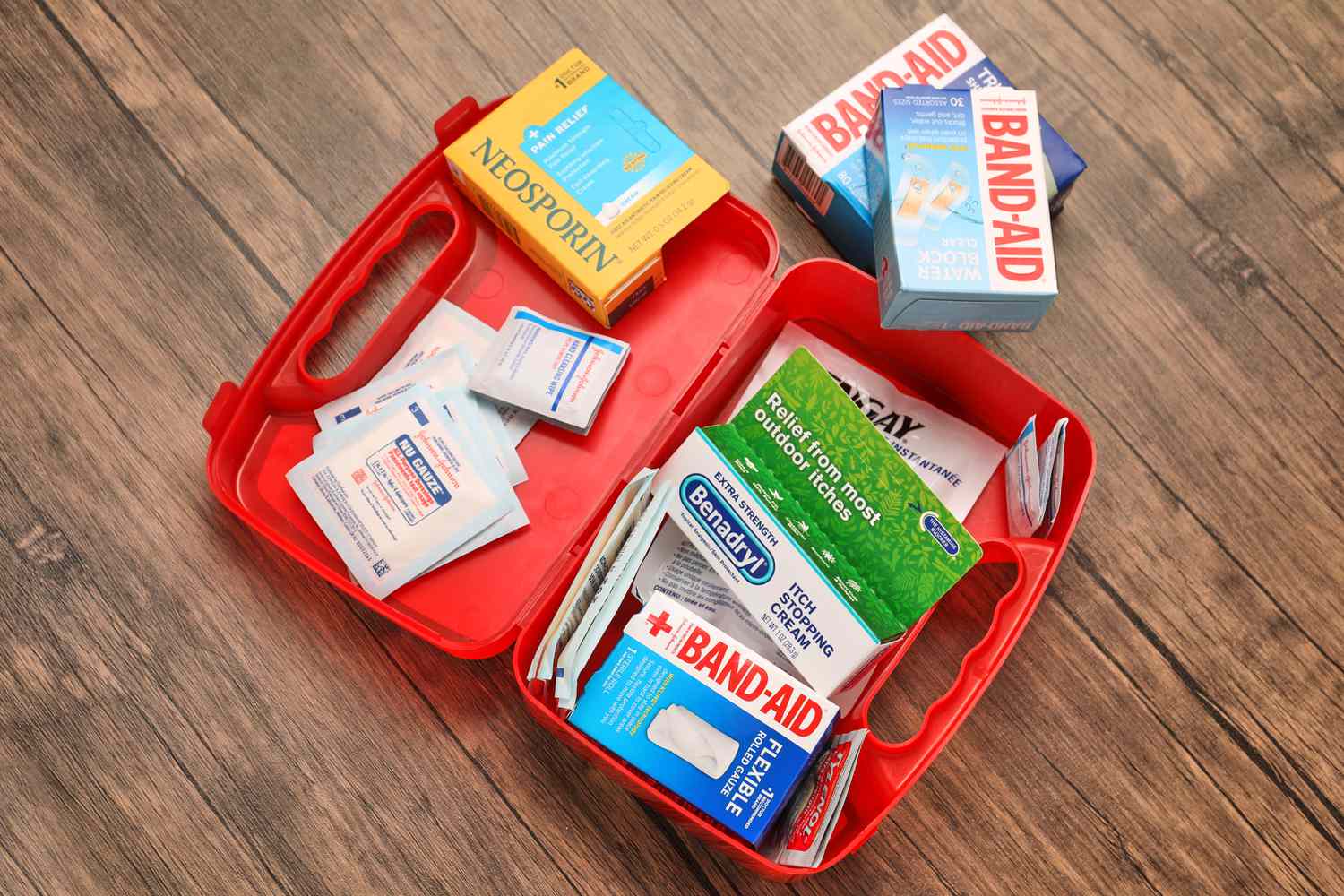
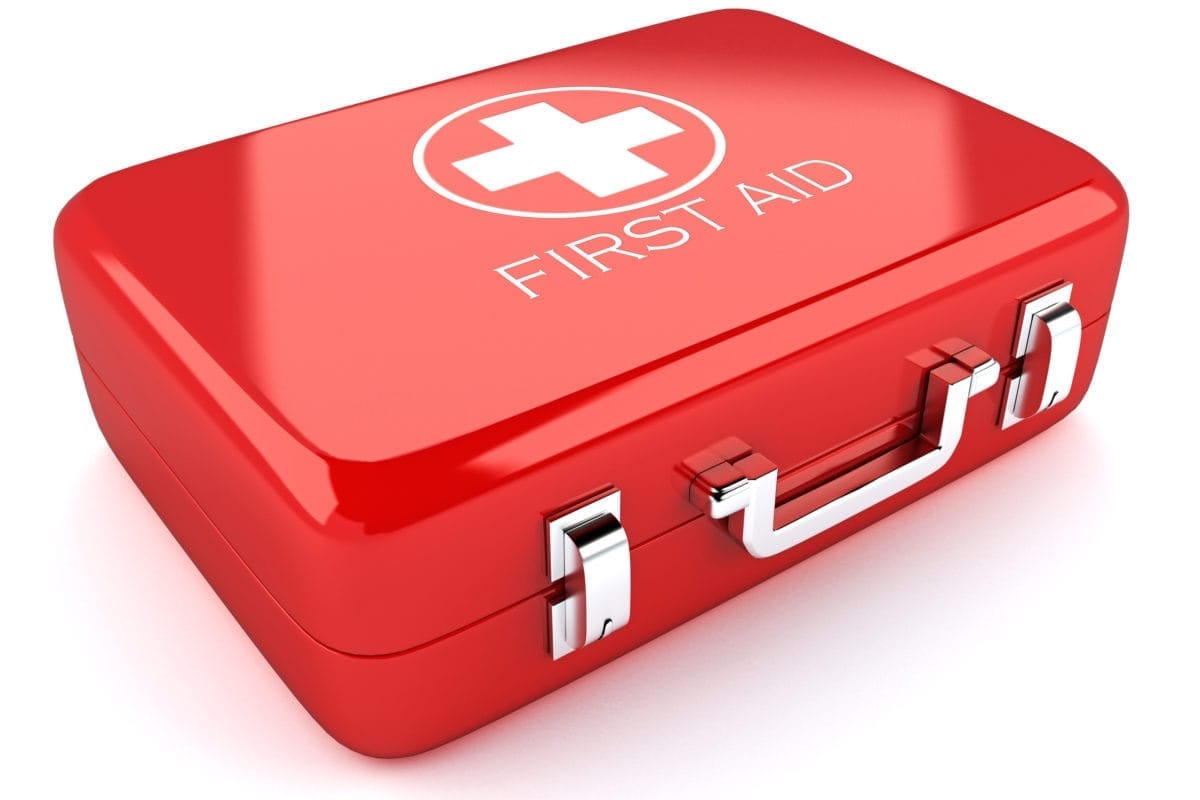
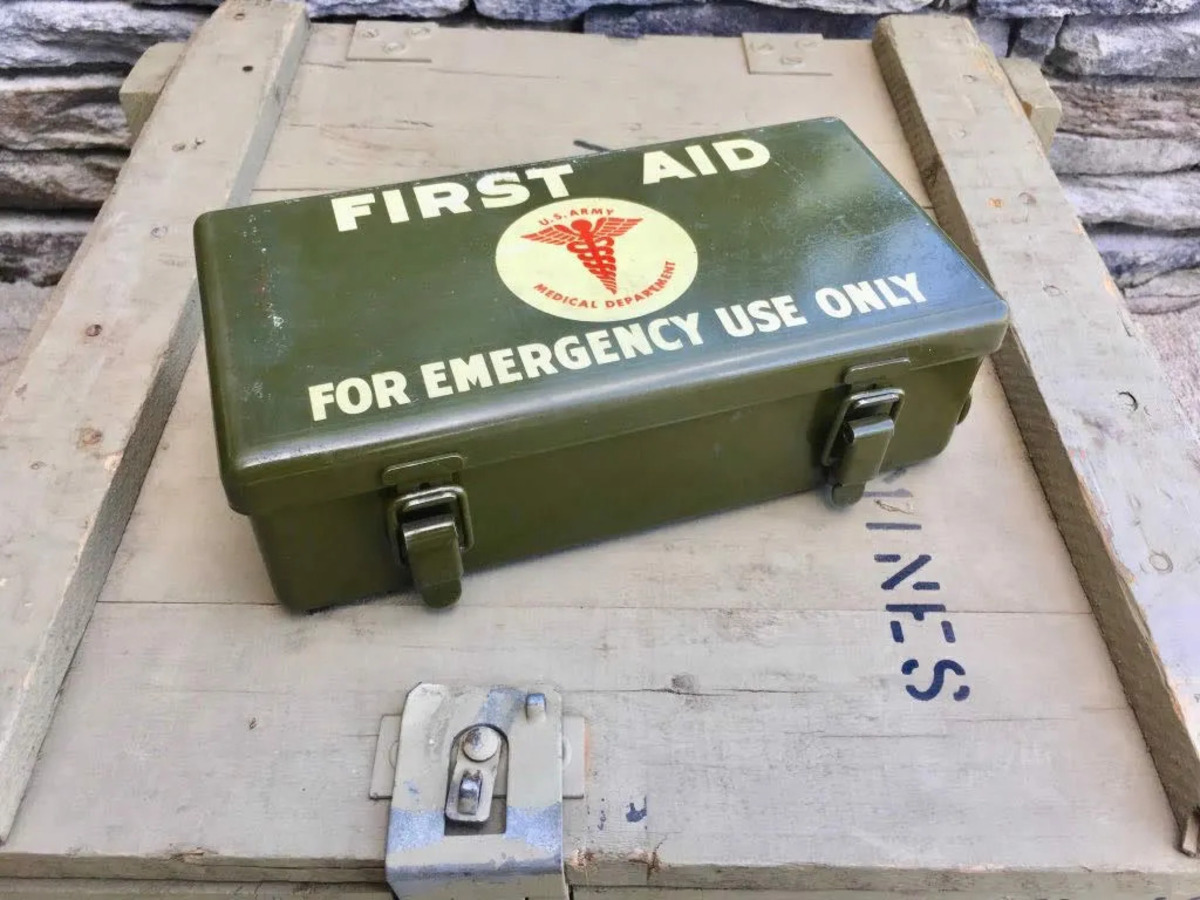
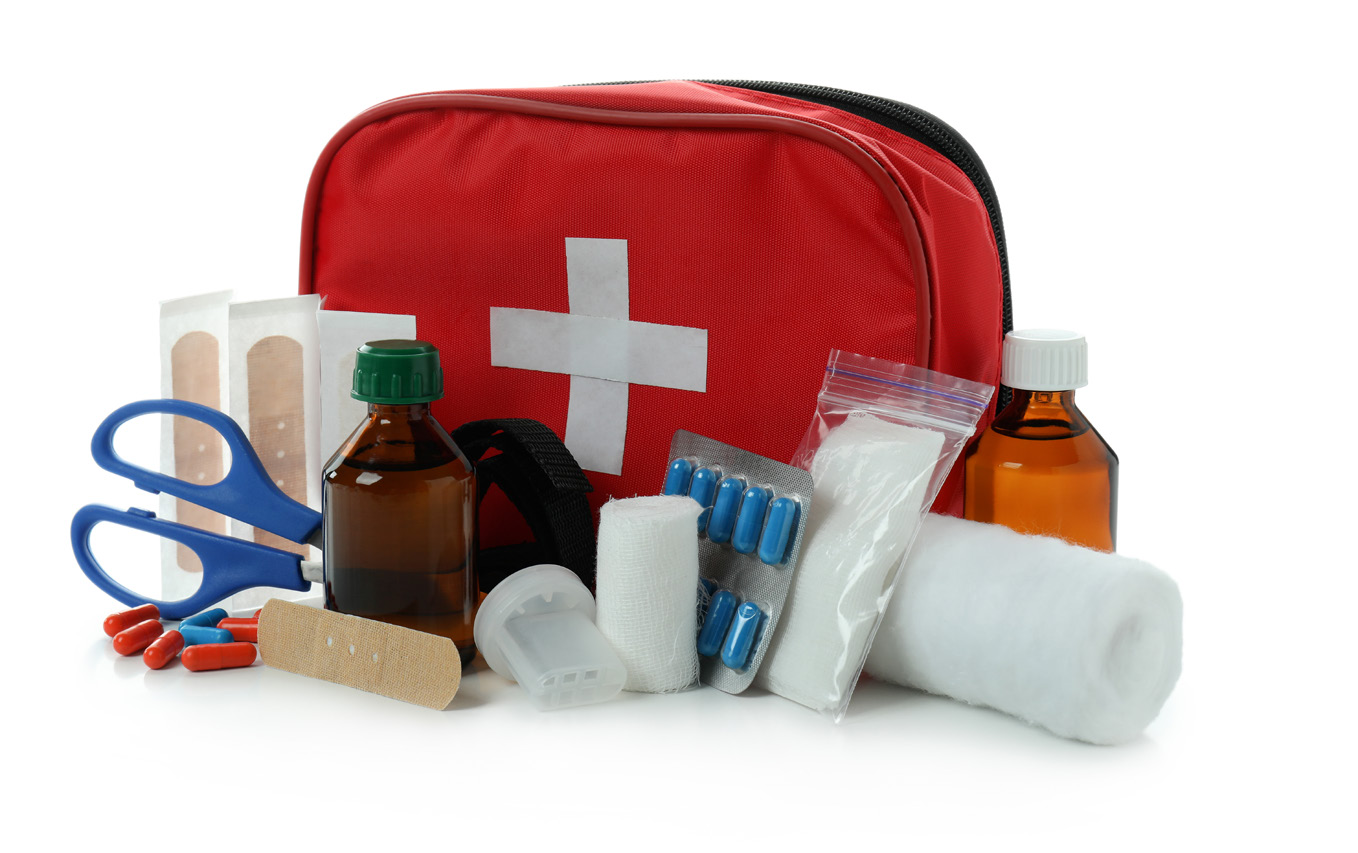
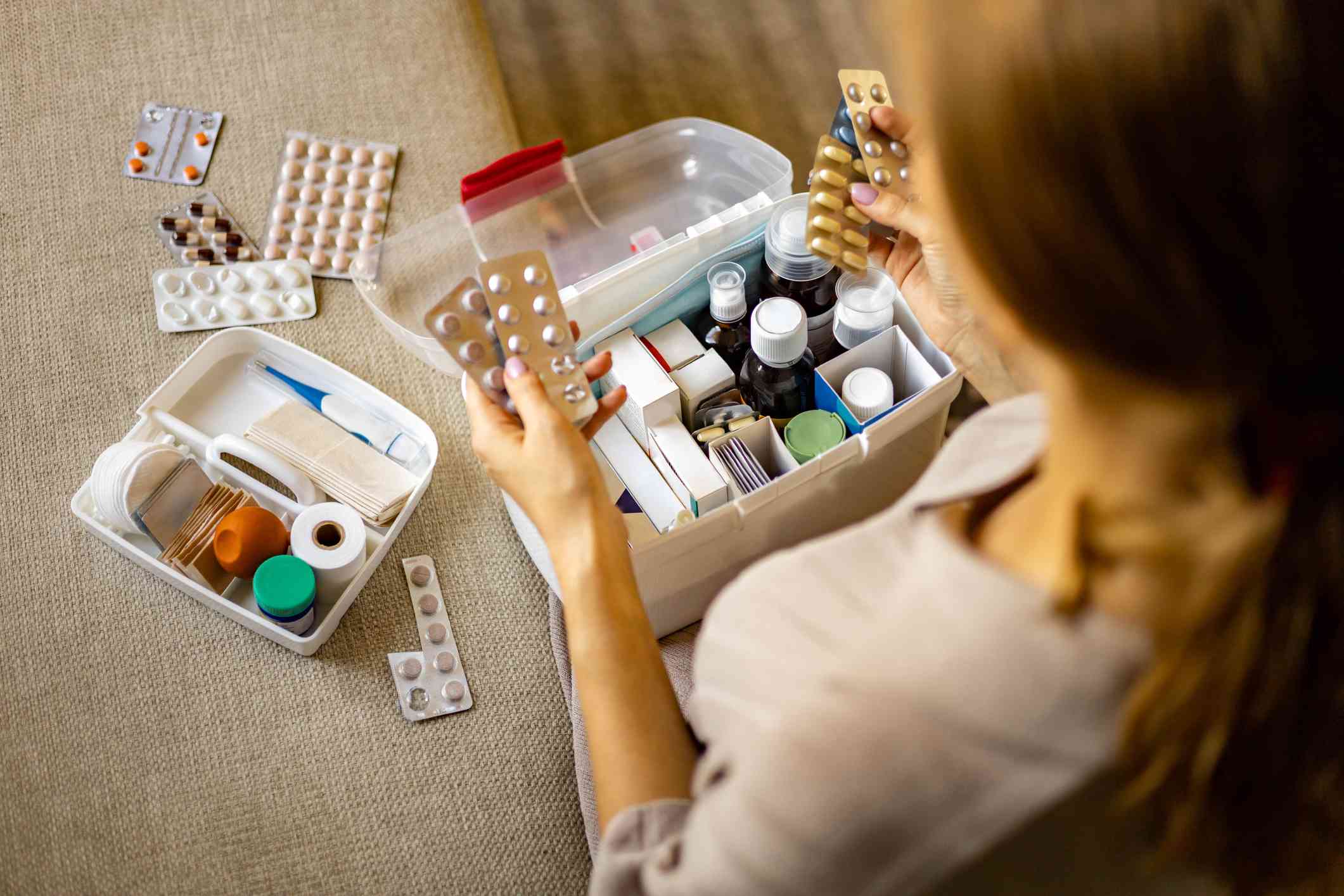
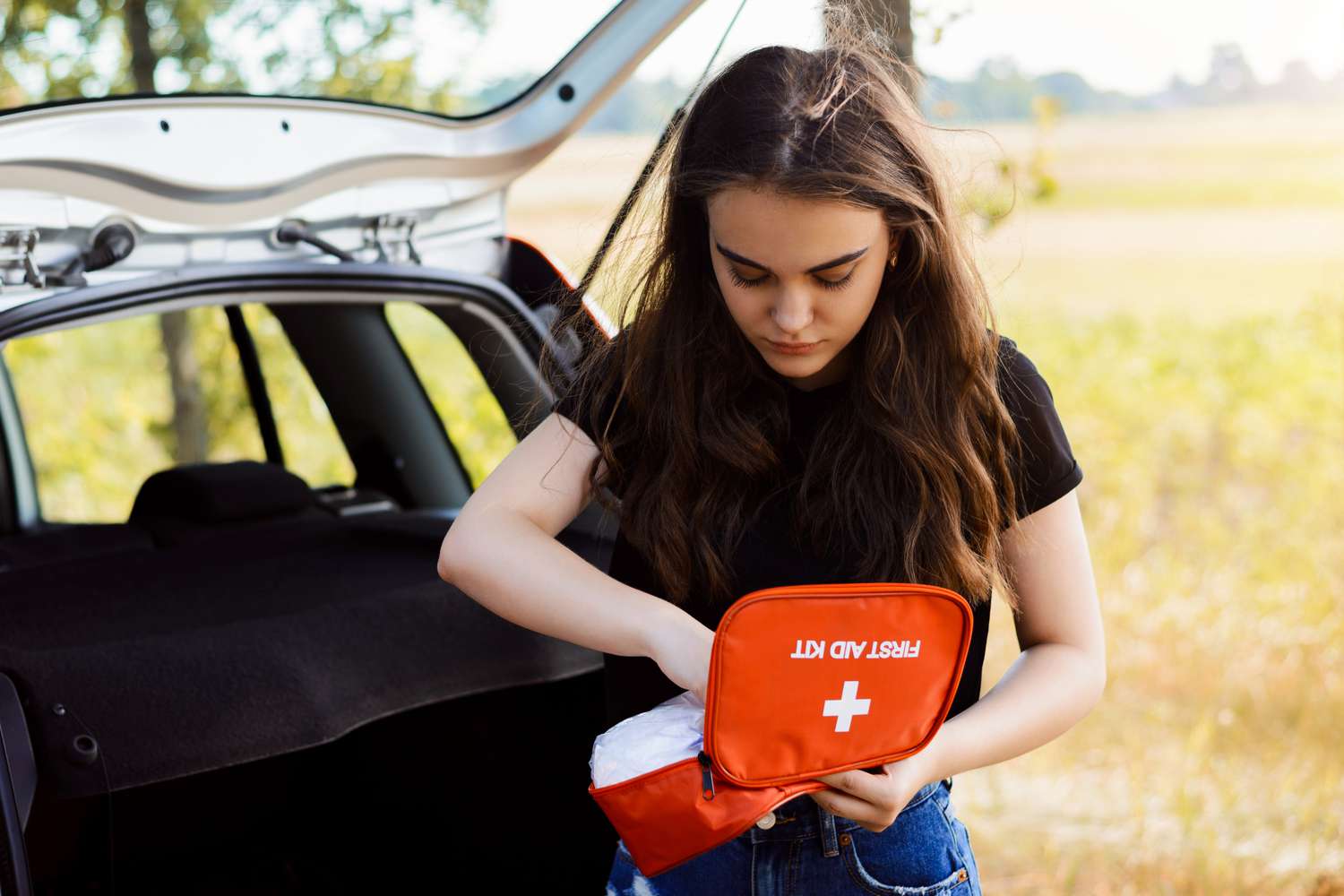
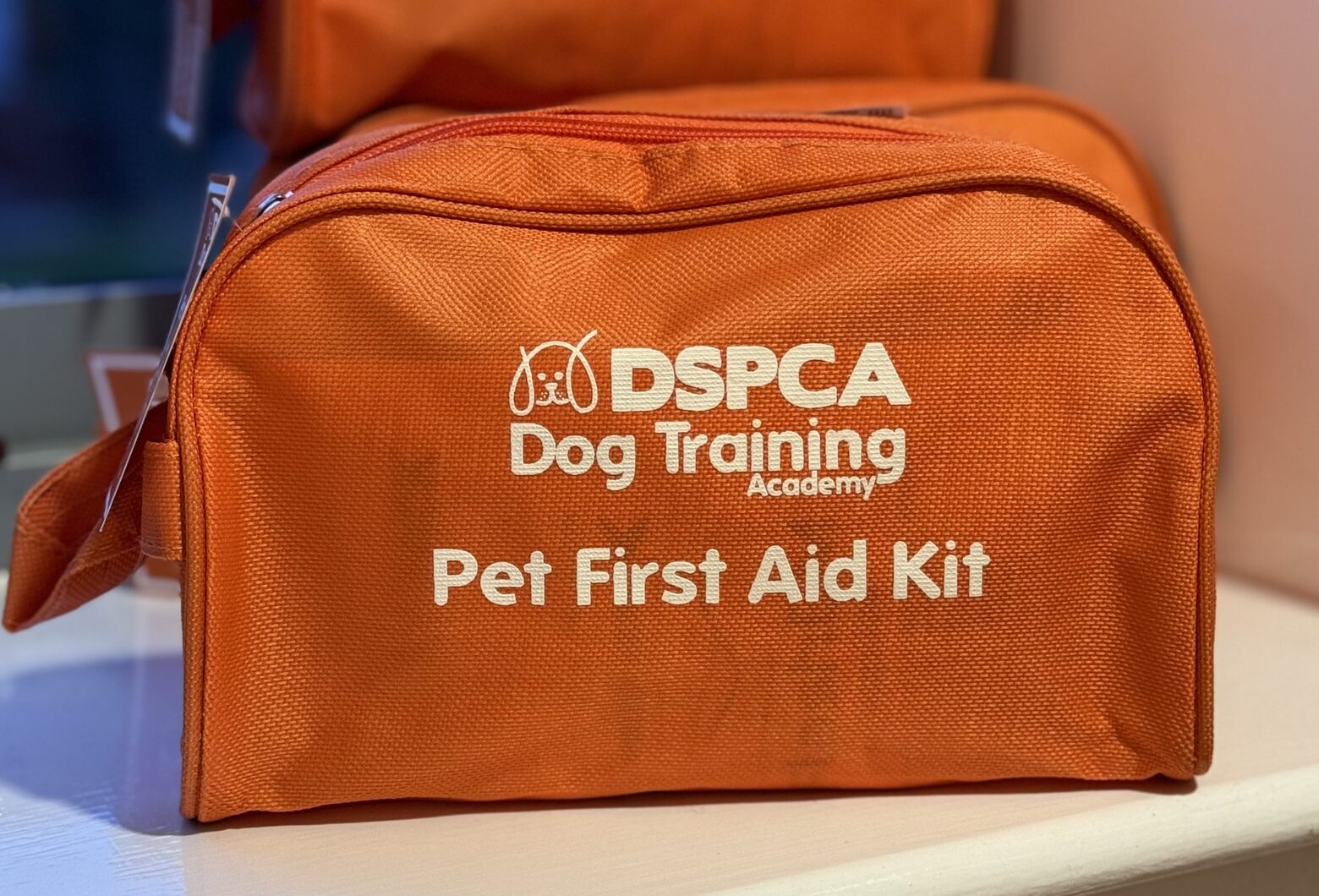
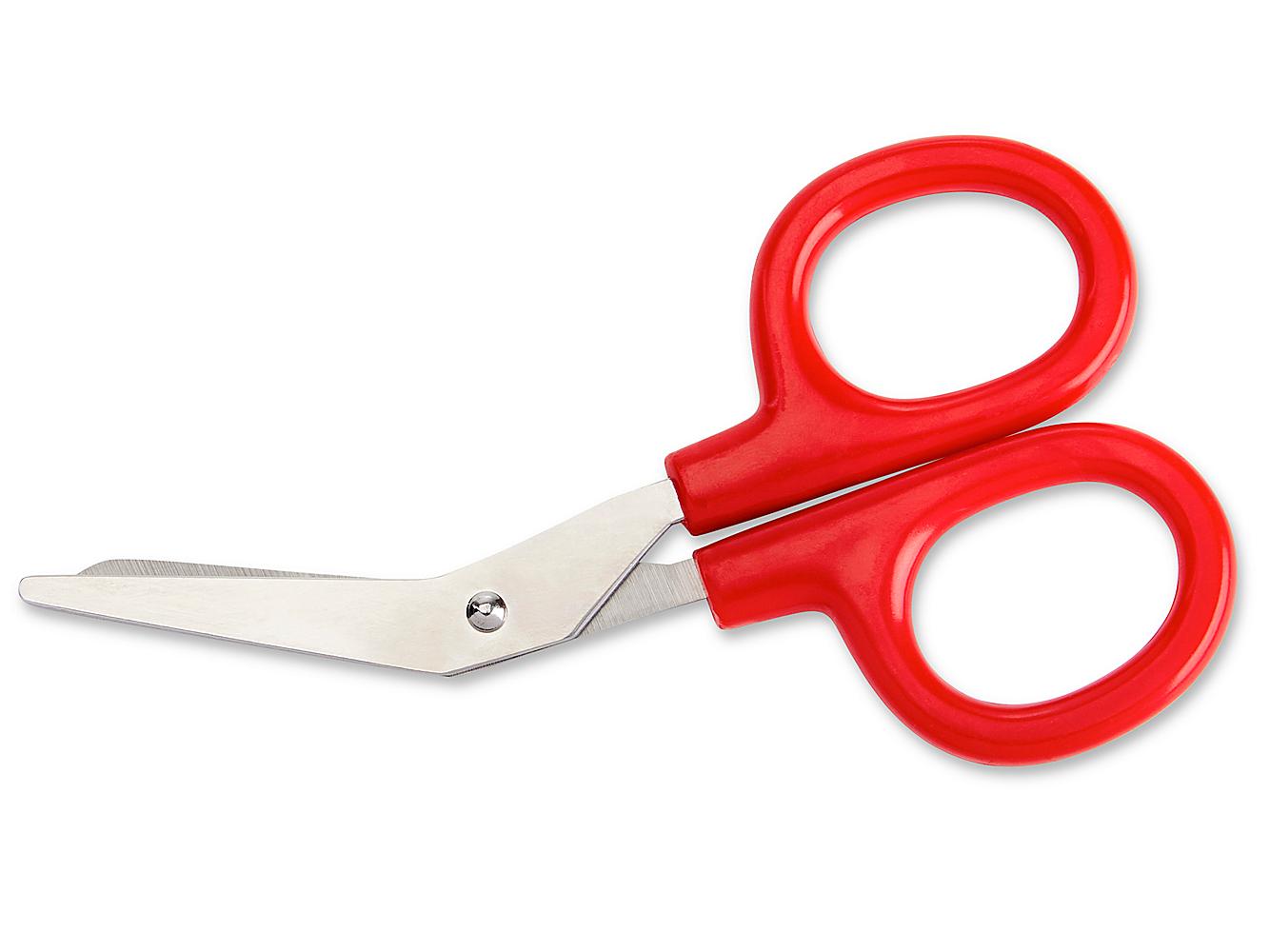
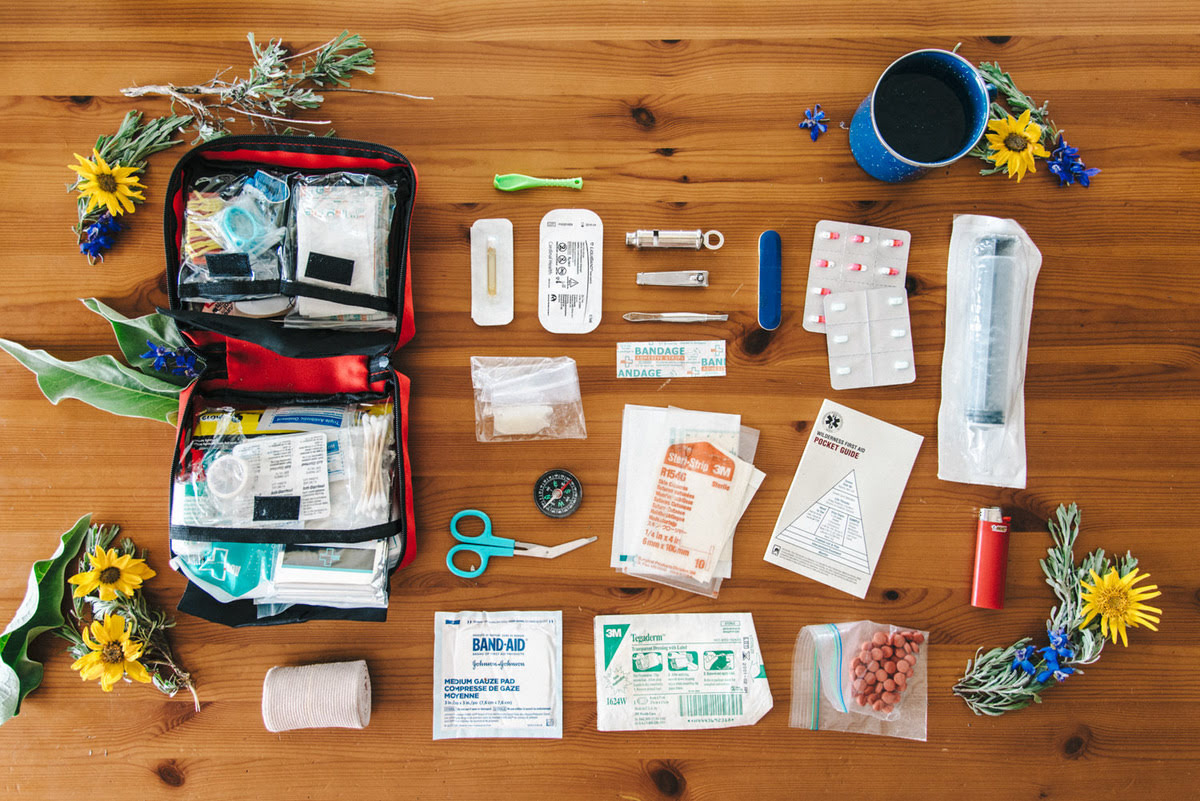
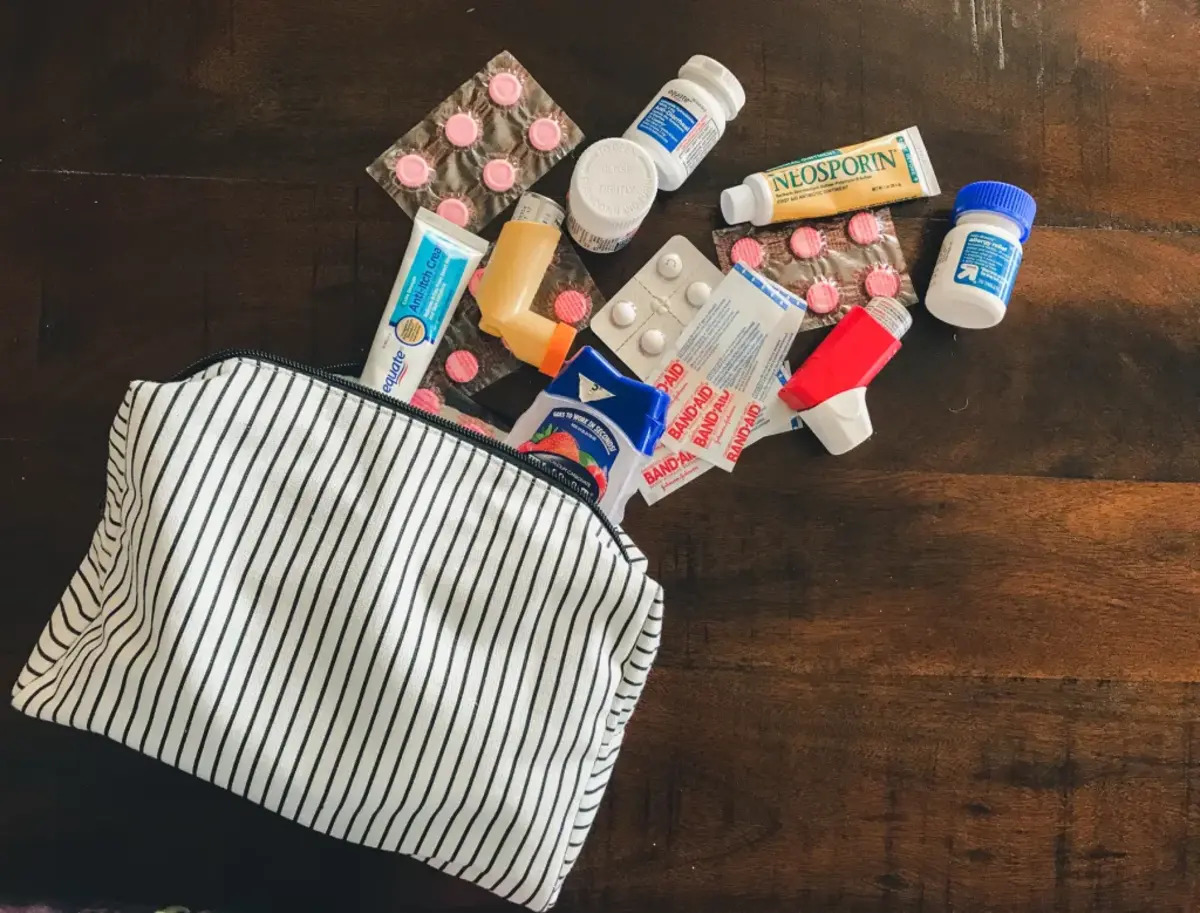
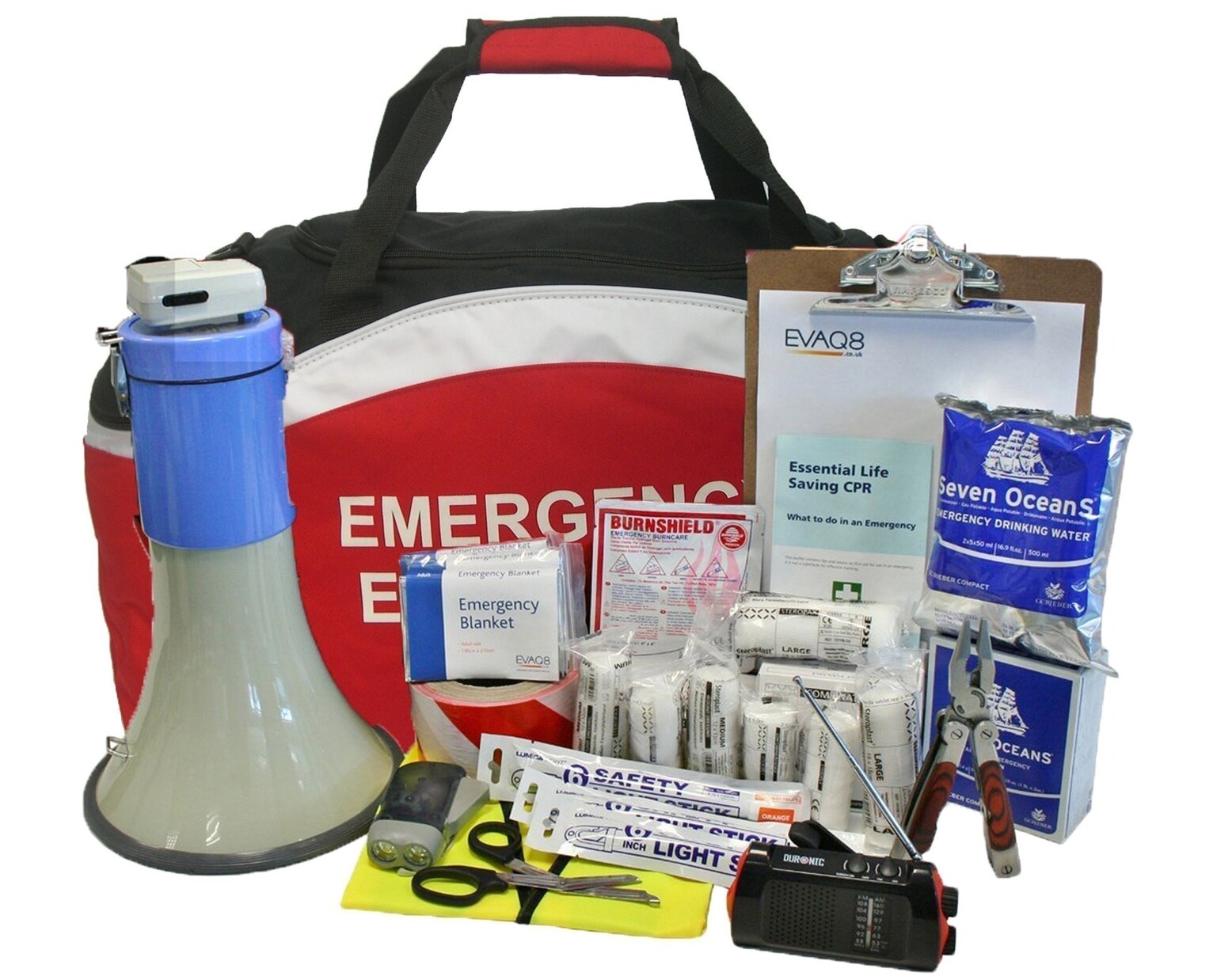
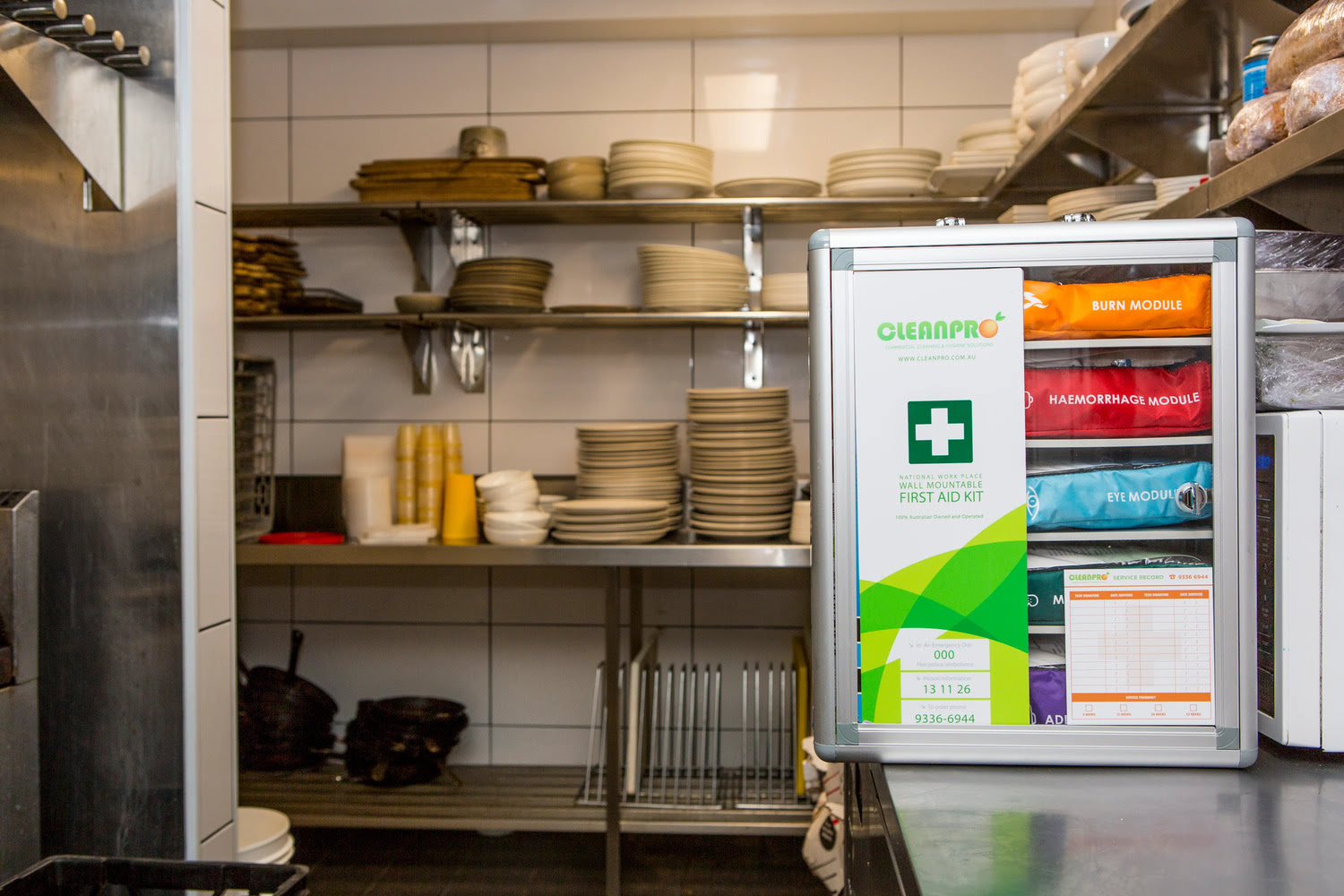
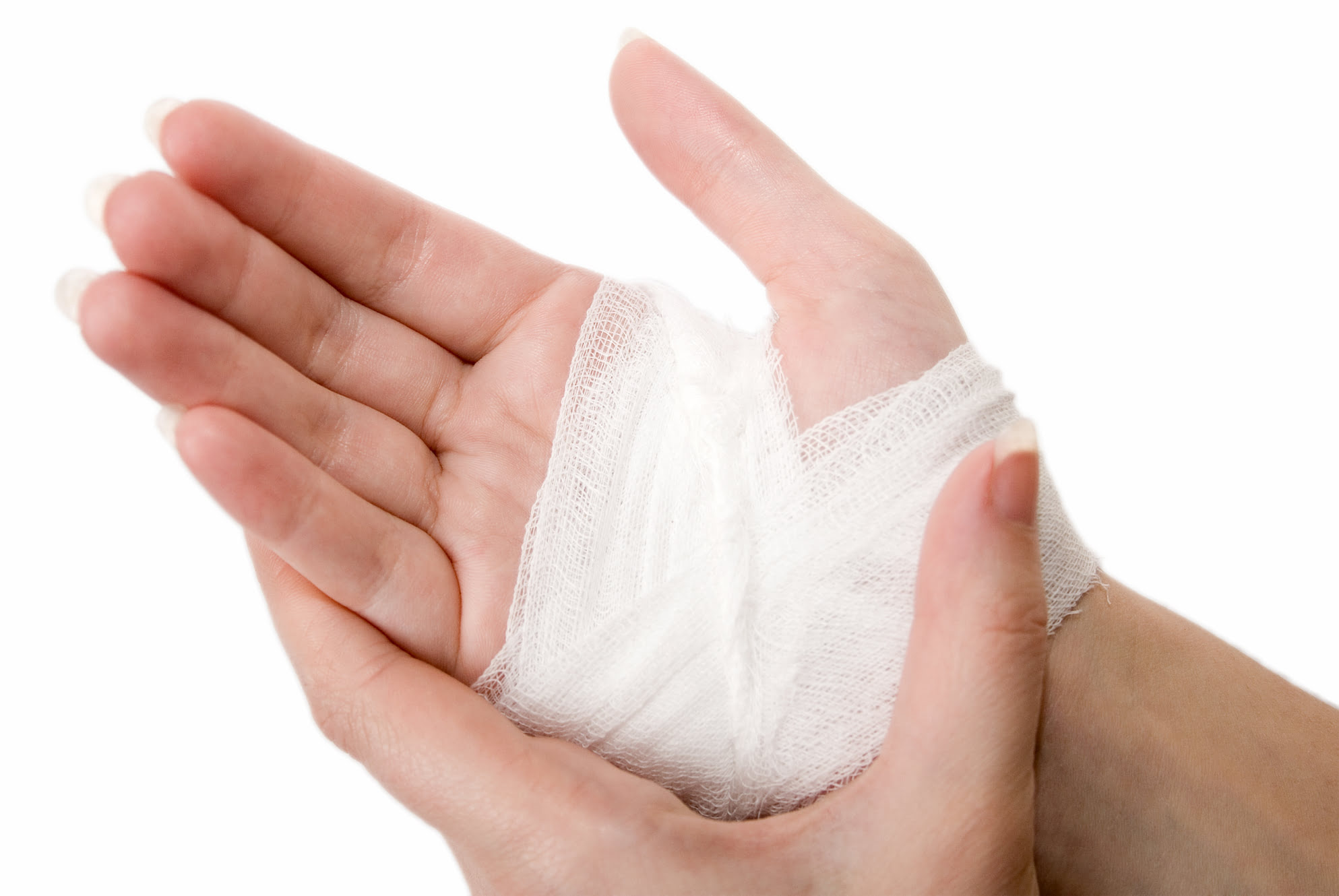

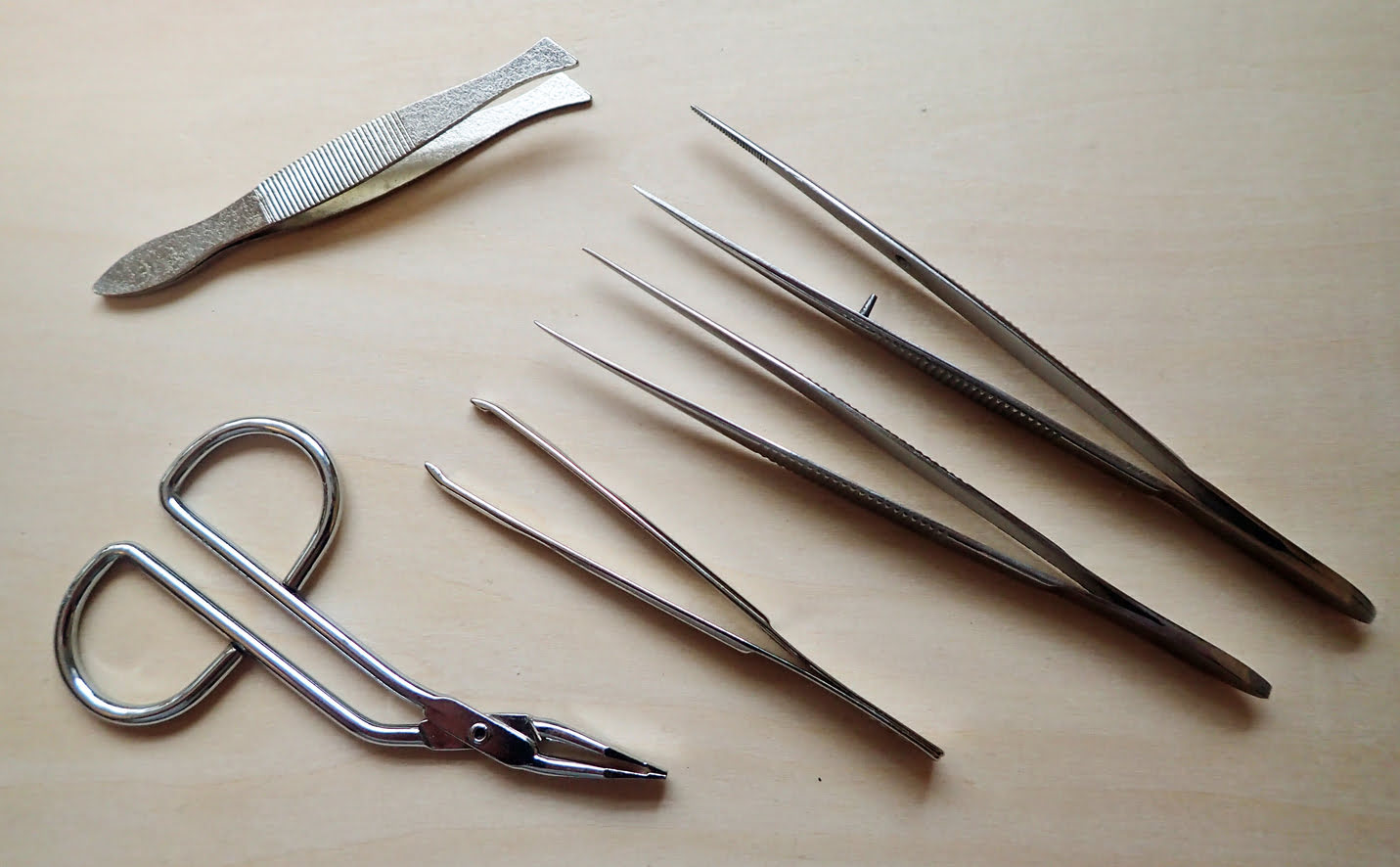

0 thoughts on “Why Safety Pins In A First Aid Kit”